Stinky, wet.
schrifty
9 years ago
Related Stories
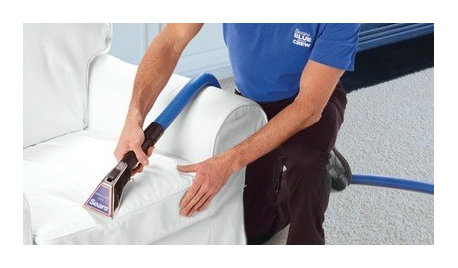
HOUSEKEEPINGWhat's That Smell? What to Do About Stinky Furniture
Learn how to diagnose and treat pet and other furniture odors — and when to call in a pro
Full Story
PETS50 Dog Photos Worth a Wag
Design hounds: Share in the pet love with Houzzers' snapshots of their beloved dogs at home, in the workshop and at play
Full Story
GARDENING GUIDESGreat Design Plant: Ceanothus Pleases With Nectar and Fragrant Blooms
West Coast natives: The blue flowers of drought-tolerant ceanothus draw the eye and help support local wildlife too
Full Story
FURNITUREOld Furniture: Clean, Reupholster or Replace It?
A veteran upholstery cleaner weighs in on the options for found, inherited and thrift store furniture
Full Story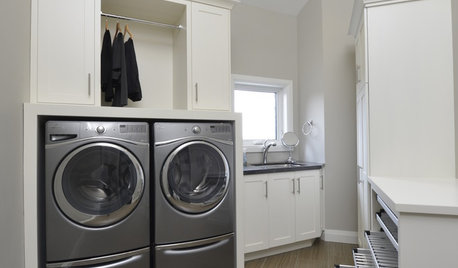
MOST POPULAR10 Smart Ideas for Your Laundry Room Remodel
Make washing and drying easier and more comfortable by considering ergonomics, storage and special features
Full Story
MOST POPULAR33 Magic Household Cleaning Tips
Houzzers from around the world share their tips for transforming housework into child’s play
Full Story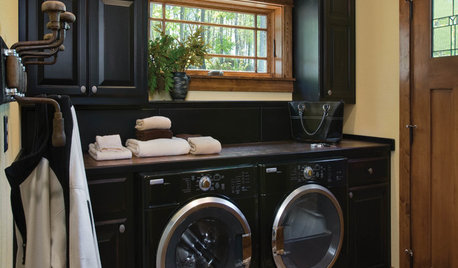
LAUNDRY ROOMSTop 10 Trending Laundry Room Ideas on Houzz
Of all the laundry room photos uploaded to Houzz so far in 2016, these are the most popular. See why
Full Story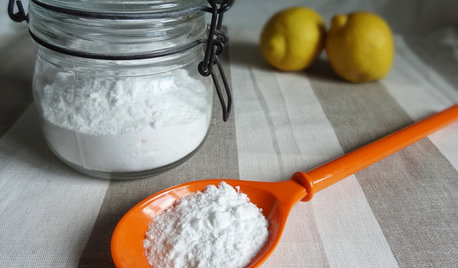
HOUSEKEEPINGBaking Soda: The Amazing All-Natural Cleanser You Already Own
Battle grime, banish odors and freshen clothes with this common nontoxic cupboard staple
Full Story
LIFESimple Pleasures: Put On Your Slippers
Preserve the peace and protect your floors and carpets by turning your home into a no-shoes zone
Full Story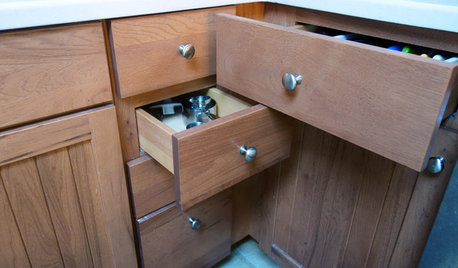
FUN HOUZZ10 Truly Irritating Things Your Partner Does in the Kitchen
Dirty dishes, food scraps in the sink — will the madness ever stop?
Full Story





Mooshy
sbryce_gw
Related Professionals
70037 Landscape Architects & Landscape Designers · East Patchogue Landscape Architects & Landscape Designers · Beachwood Landscape Contractors · Fort Myers Landscape Contractors · Long Branch Landscape Contractors · Natick Landscape Contractors · Saint George Landscape Contractors · Salmon Creek Landscape Contractors · Setauket-East Setauket Landscape Contractors · York Landscape Contractors · Greenfield Landscape Contractors · Ansonia Landscape Contractors · Northfield General Contractors · Williamstown General Contractors · Woodland General ContractorsschriftyOriginal Author
Jasdip
equinoxequinox
socks
CarlosDanger
dretutz
schriftyOriginal Author
mendopete
11otis
armoured